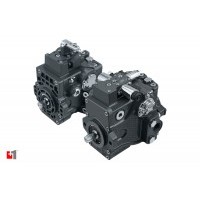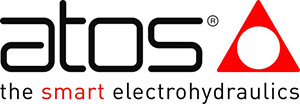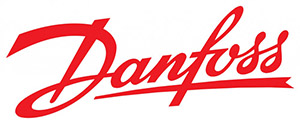We are official distributors to many of the leading hydraulic component manufacturers. Hydrastore holds an extensive and wide ranging stock of hydraulic pumps based in the UK and ready to be dispatched the same day. Find which brand you need like Ronzio, Kawasaki and Danfoss or search for the type of pump required for your project.
A hydraulic pump plays a crucial role in a hydraulic system by transforming mechanical power into hydraulic energy. It pressurises the fluid and channels it throughout the system, creating the necessary force to drive machinery that operates on hydraulic power.
This guide will lay out the different types of hydraulic pumps, how they operate, their common applications, and important maintenance tips for ensuring optimal performance.
Hydraulic pumps work by creating a vacuum at the pump inlet. This vacuum pulls fluid from a reservoir into the inlet line. Mechanical action then pressurises this fluid, forcing it through the outlet port. This pressurised fluid travels through the hydraulic system to power cylinders, motors, and other hydraulic components.
The most common type of pumps are positive-displacement pumps. They trap a fixed amount of fluid and force it into the system providing a consistent flow. Positive-displacement pumps are efficient and used in high-pressure applications where precision and reliability are important.
Hydraulic Gear pumps have a basic design and robust construction. They work by trapping fluid between gear teeth and the pump housing, then pushing it out through the discharge port as the gears rotate. You'll more than likely find these pumps in industrial machinery, agricultural equipment, and lubrication systems.
There are two main types:
Vane pumps have moveable vanes within a rotor that pressurises fluid. The vanes extend and retract as the rotor spins, creating a vacuum that draws fluid in. The fluid is then forced into the hydraulic system through the outlet.
A big advantage of vane pumps is their quiet operation and smooth fluid flow. This makes them ideal for jobs that need consistent pressure. Vane pumps are commonly found in steering systems, hydraulic presses, and plastic injection moulding machines.
Piston pumps deliver high power and efficiency. They are useful for high-pressure applications such as in heavy-duty equipment like excavators, construction machinery, and hydraulic presses where high power and variable displacement are essential. These pumps work by using multiple pistons moving in a cylinder block, pressurising the fluid with each stroke.
The two types of piston pumps:
Screw pumps have two or more screws that fit together to push fluid through the pump casing. As the screws turn, they form a tight seal to stop leaks, allowing a smooth, continuous flow of fluid.
The prime benefits of these pumps is their self-priming nature meaning they can handle a wide range of viscosities. This feature makes them suitable for both hydraulic and non-hydraulic applications. Screw pumps are usually designed into lubrication systems, fuel injection systems, and marine applications.
Hydraulic pumps come in two types: fixed displacement and variable displacement, each fitting different uses:
Hydraulic pumps are used across all four corners of industry. Each system requiring specific types of pumps based on the application’s power and pressure needs. Here are some uses you might see:
Hydraulic pumps need to be well maintained to run efficiently. Here's some key advice:
Good, regular care helps avoid problems and lengthens the life of your hydraulic pump, helping it work at maximum efficiency.
When picking a hydraulic pump, think about these factors:
As official partners and distributors to many trusted brands you can be sure to expect the very best selection of hydraulic pumps available. Based in the UK and with a vast range of stock across our depots, Hydrastore is the key to your hydraulic components and systems needs.
Don’t hesitate to contact our team of experienced professionals if you need any help.
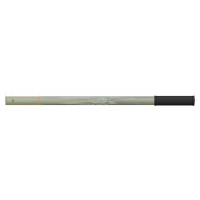
£14.51 exc. VAT
✔ In stock
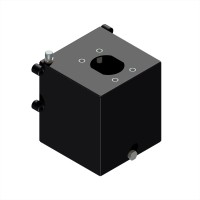
£76.94 exc. VAT
✔ In stock

£101.95 exc. VAT
✔ In stock

£1,878.66 exc. VAT
✔ In stock

£101.01 exc. VAT
✔ In stock

£141.98 exc. VAT
✔ In stock

£198.41 exc. VAT
✔ In stock

£91.49 exc. VAT
✔ In stock

£525.73 exc. VAT
✔ In stock

£0.01 exc. VAT
✔ In stock
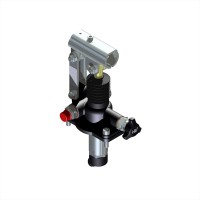
£107.68 exc. VAT
✔ In stock

£133.23 exc. VAT
✔ In stock
Hydrastore use cookies to make the site run smoothly, enhance the content and to gather information on how you use it in order to improve and personalise your experience. See our Privacy Policy
